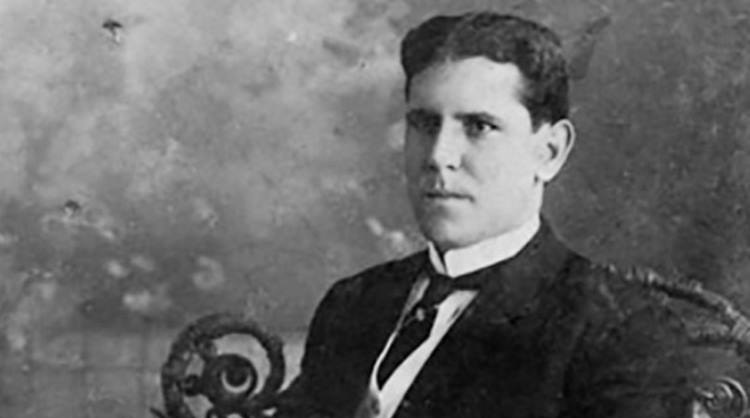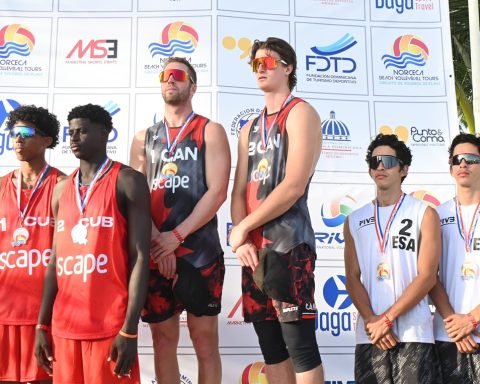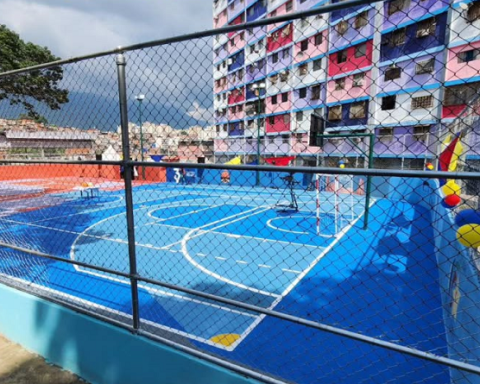MADRID, Spain.- In the early 1900s, prostitution in Havana was a thriving business in the hands of the “apaches,” which was what Cubans called gangs of French pimps.
The Havana neighborhood of San Isidro was practically the domain of the Parisian Apache Louis Letot, until Alberto Yarini Ponce de León arrived, a man raised in a good family, with political ambitions (he wanted to run for councilor) and a charming personality.
Born in Havana on February 5, 1882, Yarini studied at the San Melitón school in the capital and later continued his studies in the United States, from where he returned at the age of 19, to become the most famous pimp of the time.
Yarini was a very conceited man, he spoke slowly and in a low voice, and with the refinement typical of his family. These characteristics together with his physical beauty made him a man highly coveted by the women of his social environment.
However, he also enjoyed the most marginalized classes in the San Isidro neighborhood, where he was the handsome one who had to be respected; where he was known as “a man to everything”.
This neighborhood was the epicenter of Havana prostitution in those years. Prostitutes came from various countries, mainly from France and Belgium.
At 96 Paula Street, Yarini kept between three and seven women who worked for him at his home.
While he alternated between family reunions and opera nights with fights in the San Isidro neighborhood, an event occurred that would lead to the end of his life.
In 1909 Luis Letot brought 21-year-old Berthe la Fontaine, known as the “Petite Bertha”, from France. Yarini conquered the “Petite Bertha”, very “valuable” for Letot. And he himself told Luis Letot about his relationship with the young woman, that she had gone to live with him in the house on Calle Paula. But the French took this as an offense to his honor and wanted to take revenge on her.
Yarini’s death due to a love dispute
On November 21, 1910, when Yarini was heading to San Isidro with his friend Pepe Basterrechea, he was shot dead by Letot. Basterrechea, with a single shot to the forehead, killed Letot.
Yarini, who did not die instantly, was transferred to the Emergency Hospital, where he died on the night of that same day, at the age of 28. While in the hospital he wrote a note where he blamed himself for having shot Letot, thus freeing Basterrechea from all responsibility.
The King of San Isidro was buried on November 24, 1910. According to Cuban historiography, some ten thousand people attended the funeral.
The story of the anti-hero has been taken to theatre, film and television on several occasions. Among them stands out the teletheater Requiem for Yarini and the film The broken gods.
Receive information from CubaNet on your cell phone through WhatsApp. Send us a message with the word “CUBA” on the phone +525545038831, You can also subscribe to our electronic newsletter by giving click here.

















